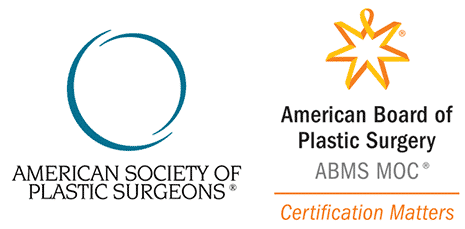 Hair loss and hair thinning are common concerns for both men and women, and they are often perceived as embarrassing or unwelcome signs of aging. Although most people do not have to deal with hair loss problems until well after the age of 50, individuals may suffer from this condition even in their 20’s or 30’s. Many of the patients struggling with hair loss do not want to choose invasive hair replacement treatments such as hair transplant surgery. This is where a revolutionary injectable procedure call nanofat hair restoration comes in. Nanofat hair restoration is completely non-surgical, and involves the use of your own fat cells to stimulate new hair growth. It can help patients achieve fuller, thicker hair in a safe and natural manner with minimal discomfort and no risk of complications. Another advantage with nanofat hair restoration technique is that the rejection rate of fat cells as well as the risk of allergic reactions is negligible because it uses the patient’s own fat.
Hair loss and hair thinning are common concerns for both men and women, and they are often perceived as embarrassing or unwelcome signs of aging. Although most people do not have to deal with hair loss problems until well after the age of 50, individuals may suffer from this condition even in their 20’s or 30’s. Many of the patients struggling with hair loss do not want to choose invasive hair replacement treatments such as hair transplant surgery. This is where a revolutionary injectable procedure call nanofat hair restoration comes in. Nanofat hair restoration is completely non-surgical, and involves the use of your own fat cells to stimulate new hair growth. It can help patients achieve fuller, thicker hair in a safe and natural manner with minimal discomfort and no risk of complications. Another advantage with nanofat hair restoration technique is that the rejection rate of fat cells as well as the risk of allergic reactions is negligible because it uses the patient’s own fat.
How does it work?
The first step in the nanofat restoration procedure is to extract fat cells using tumescent liposuction from areas where excess fat tissue may be present. These areas may include the abdomen, thighs, hips, or buttocks. The fat cells drawn through liposuction are then purified using a fully automated process and secured into a syringe.
Thereafter, our nanofat hair restoration expert will place tiny injections of these processed fat cells into the targeted areas of the scalp where balding has occurred. When the fat cells are injected directly into the damaged or worn out hair follicles, it will trigger the body’s natural repair and healing mechanism to re-grow new and thick hair in the treated sites.
Candidacy for Nanofat Hair Restoration
Almost any individual who is experiencing a receding hairline, thinning hair, or balding because of aging, genetics, medications, or other factors may be a solid candidate for nanofat hair restoration. One of the key requisites to be a successful candidate is that the patient should have adequate surplus fat tissue, which can be used for injecting in the scalp.
As long as the fat processing is conducted using fully automated and advanced technology, most of the fat cells will be preserved for re-injecting. The skillful nanofat hair restoration experts at MBody will ensure that minimal amount of fat is drawn from donor sites using local anesthesia, while the patient remains completely comfortable.
Recovery and Results
Following nanofat hair restoration procedure, the patient will experience minor swelling and redness in the injection sites, apart from some bruising and swelling in the areas where liposuction has been performed. Patients can expect to resume their normal routine in less than a week. Over the next few weeks, they will begin to notice new hair growth in the treated sites, and the results will continue to improve over several months.
After nanofat hair restoration, you can expect some redness and swelling in the injection sites, as well as some general discomfort, swelling, and bruising in the liposuction treatment area. Patients should plan for about a week off work to properly recover. Over the next several weeks, patients can begin to notice hair regrowth in the placement areas that will continue to improve over the next several months.







